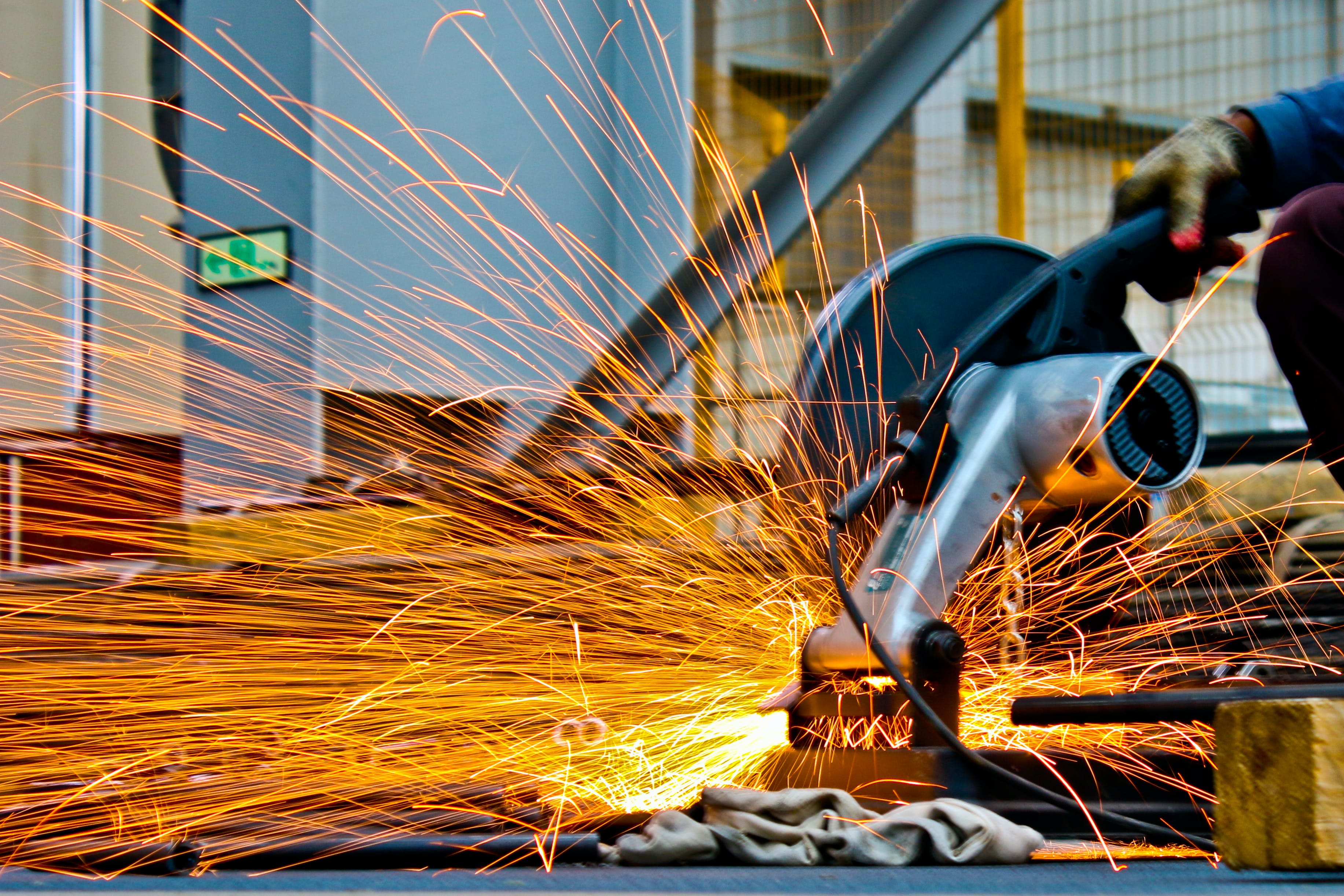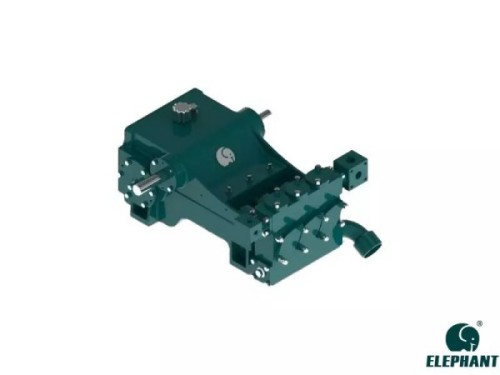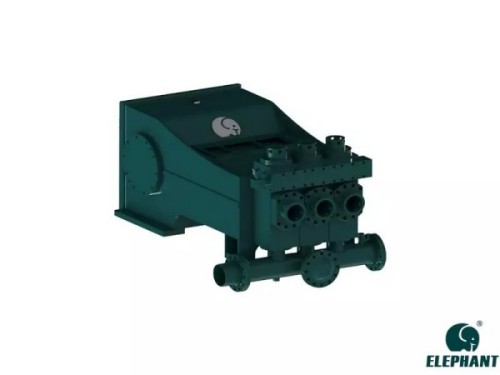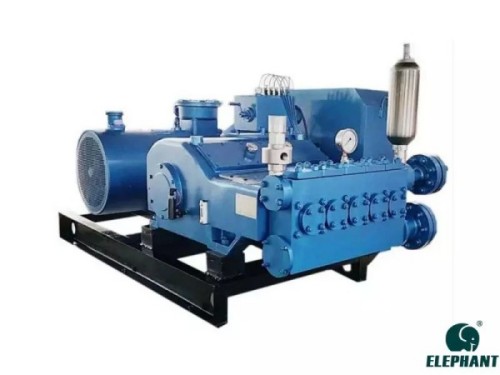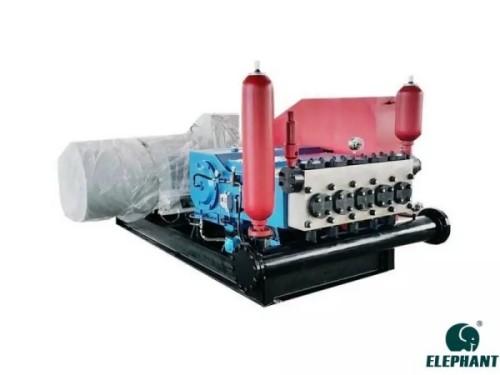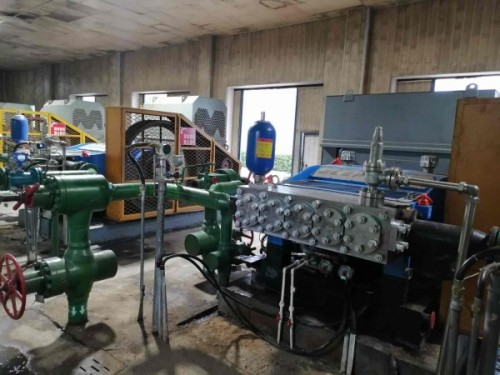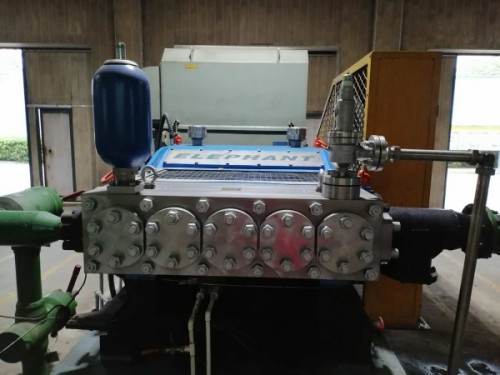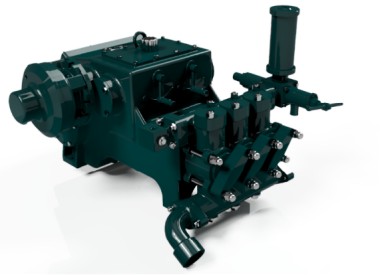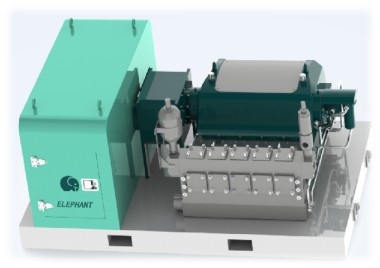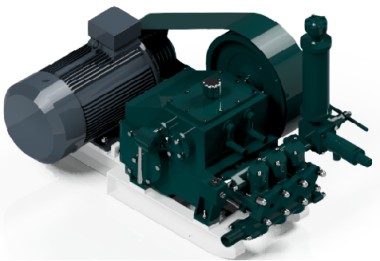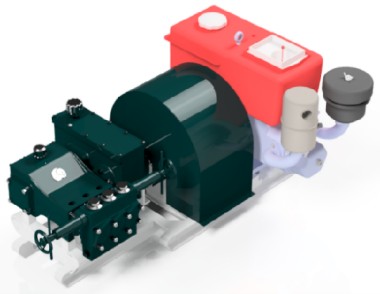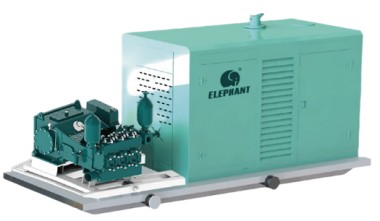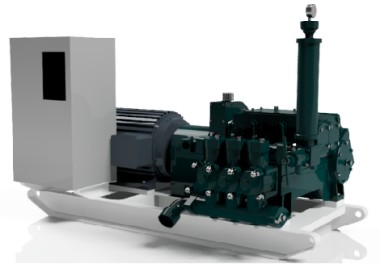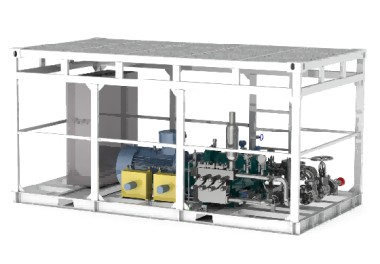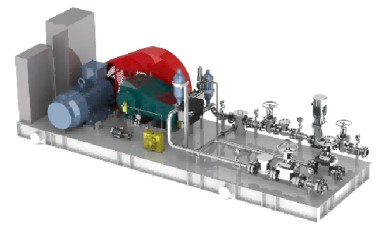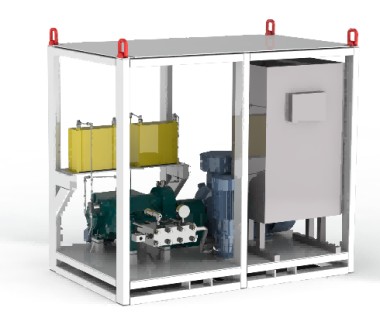To ensure high pressure pump operate safely and efficiently over the long term, regular maintenance and servicing are essential. Proper upkeep not only guarantees stable, sustained equipment performance but also prevents safety incidents. First, inspect the pump body for leaks to ensure integrity. Second, periodically clean internal debris and contaminants to prevent blockages that could impair efficiency. Additionally, monitor the condition of the lubricating oil, replacing or replenishing it promptly to reduce friction wear between components. Simultaneously, keep a close eye on the pump's operating temperature and pressure to avoid prolonged overloading. For wearing parts, establish a reasonable replacement schedule to proactively prevent potential failures. Implementing these measures effectively extends the service life of the high pressure pump while maintaining its high efficiency and stable performance.
1. Daily Maintenance
During daily maintenance of high pressure pump, prioritize inspections of the electrical system to ensure that all connecting pipes and joints show no signs of aging or loosening, preventing equipment shutdowns caused by electrical failures. Additionally, emphasize regular calibration of instruments and sensors to guarantee the accuracy of monitoring data, thereby providing reliable reference information for operators. If abnormal noises or vibrations are detected, promptly shut down the equipment for investigation to prevent minor issues from escalating into major failures. During maintenance, meticulously document the results of each inspection and all repair activities to establish a comprehensive equipment record. This practice not only facilitates analysis of operational performance but also aids in planning future maintenance tasks. Implementing systematic maintenance management further enhances the reliable and safe operation of high pressure pumps.
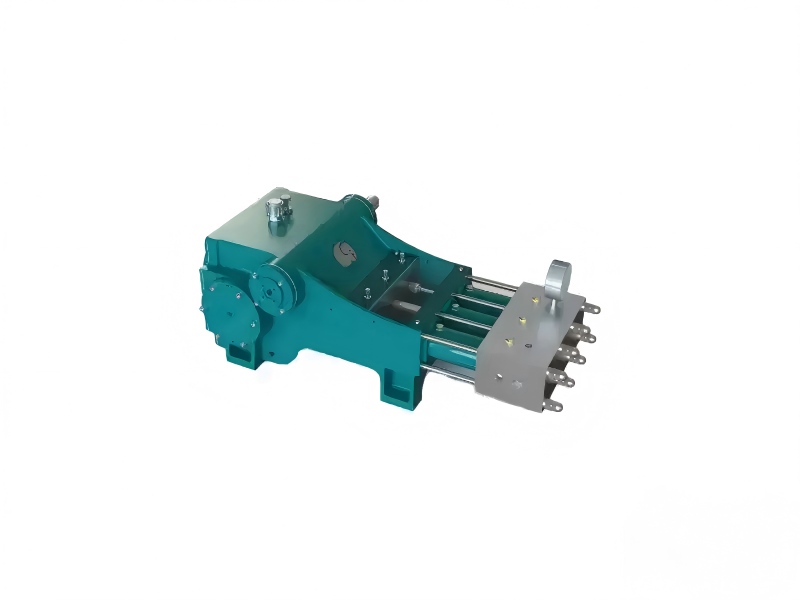
2. Regular Maintenance
During regular maintenance, a comprehensive performance evaluation of the high pressure pump is required. This includes inspecting the structural integrity of the pump body to ensure no cracks or deformation have occurred due to prolonged use. Core components of the pump should also be disassembled and thoroughly cleaned, particularly critical parts such as couplings and valves, to prevent performance degradation caused by wear or scale buildup. for wearing parts, replace them promptly based on their wear condition. Simultaneously, lubricating oil should be replenished and replaced periodically according to the equipment manual to reduce component friction and extend service life. Additionally, the operational status of the motor must be inspected to ensure its insulation remains in good condition and verify that its operating parameters meet standard requirements. For the cooling system, clear obstructions from heat sinks and pipes to maintain efficient heat dissipation. If the equipment incorporates an automated control system, test its response speed and precision to ensure accurate execution of all commands. Through these thorough periodic maintenance measures, the overall performance of the high pressure pump can be further optimized, reducing failure rates and providing more reliable support for production operations.
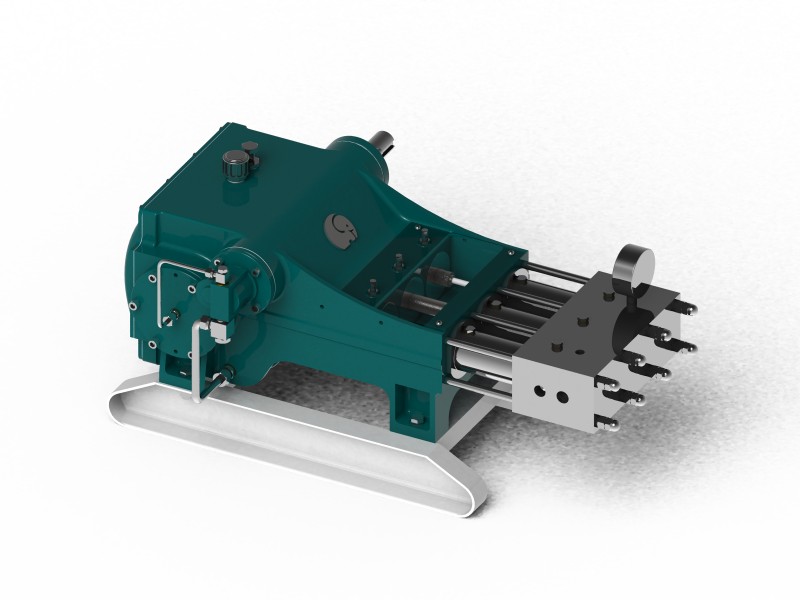
3. Long-term Shutdown Maintenance
During long-term shutdown periods, the maintenance focus for high pressure pump lies in preventing component aging or performance degradation caused by prolonged inactivity. First, residual liquid inside the pump must be completely drained to avoid corrosion or scaling issues resulting from stagnant fluid. Second, clean the pump's exterior and apply rust-preventative oil to shield metal surfaces from oxidation or damp environments. Simultaneously, implement protective measures for electrical systems, such as covering critical components with dust covers and ensuring the equipment is stored in a dry, well-ventilated area. For components prone to aging, like rubber seals and hoses, conduct regular inspections and replace them as necessary. Furthermore, before reactivating the high pressure pump, conduct a comprehensive inspection and testing, including lubrication, sealing integrity, and calibration of operating parameters to confirm the equipment remains in good working condition. These meticulous long-term decommissioning maintenance measures effectively prevent irreversible damage caused by prolonged inactivity, ensuring reliable performance for subsequent use.
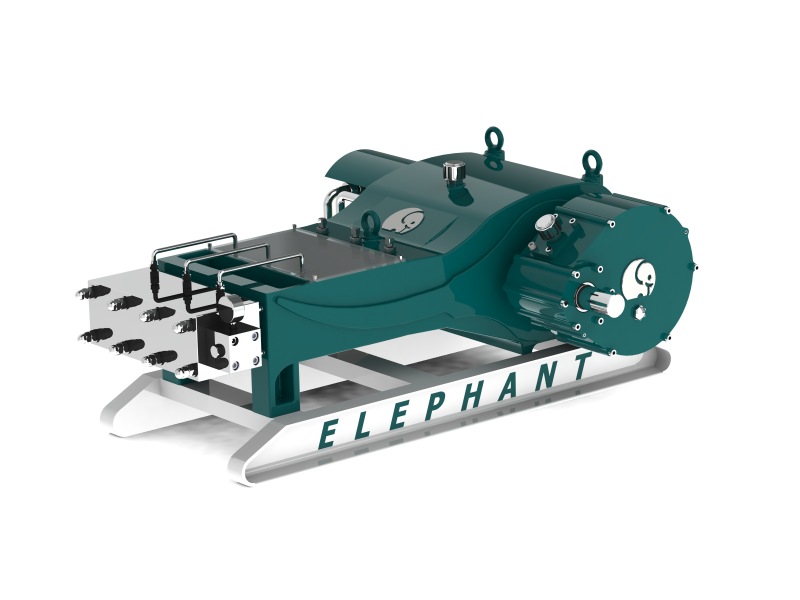
Proper maintenance not only extends the service life of high pressure pumps but also ensures stable and efficient operation of the equipment. As a comprehensive enterprise integrating R&D, manufacturing, sales, and service, Elephant Machinery products are widely used across multiple industries and have earned the trust of our customers. We specialize in reciprocating pump product, including triplex pump, quintuplex pump, piston pump, and plunger pump. Should you have any requirements or questions regarding reciprocating pumps, please feel free to contact us at any time.
